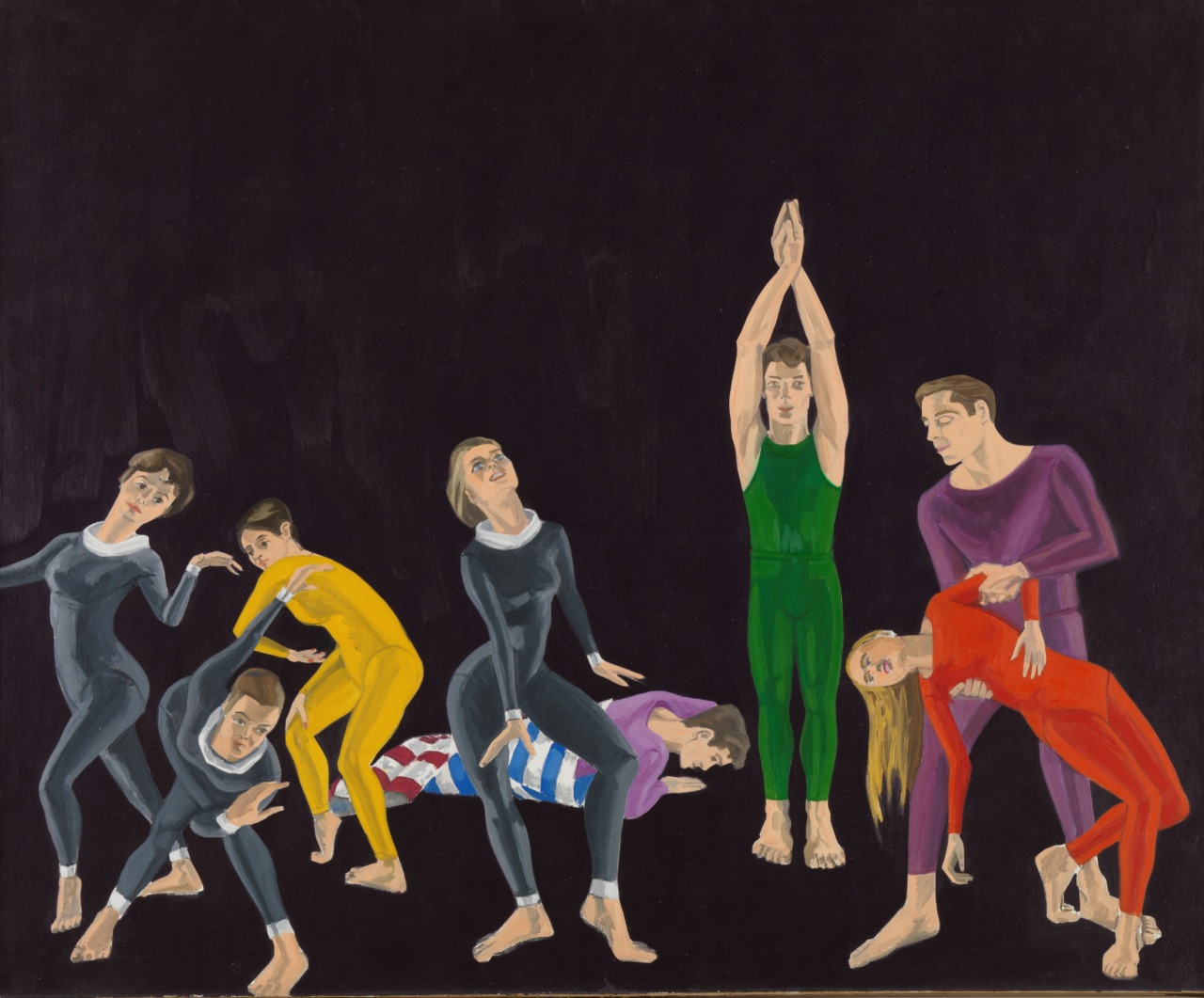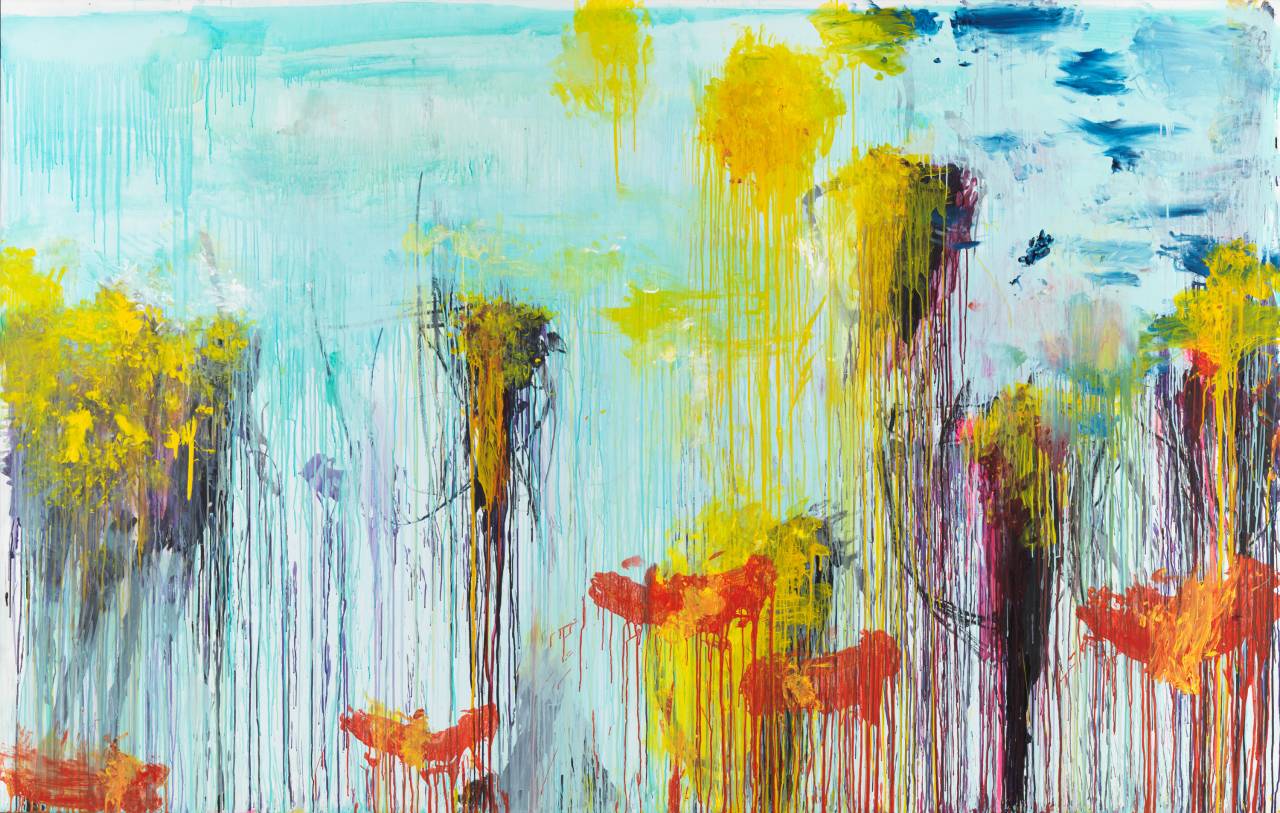Symposium | Online | January 21–23, 2021

Contemporary sculpture is populated by hybrid techno-bodies. But such connections between technology and the body reach far back into modernity. The symposium explores these lines of reference: How can sculpture be thought of and defined in relation to technological developments? How, in turn, does sculpture relate to changing concepts of the body and corporeality? What are the consequences for a theory of contemporary sculpture? These and other questions form the focus of the discussion with leading theorists from various disciplines.
About the symposium
The human body is permeated and shaped by external influences. The fundamental impact that the rapid technologization of our living environment has—and will continue to have—on our bodies is as evident as it is unpredictable. Ever since industrialization, technological progress has been associated with promises of modernization and freedom, while at the same time being cited as the cause of man’s alienation from his “nature.” This also and especially applies to the transition from the “mechanical” to the “information age,” which manifested itself with increasing speed and on a broad scale in the 1950s. The networking of bodies with technological dispositives, but also enhancements or extensions of body and mind, have long become reality. They stand as much for fundamental redefinitions of humans as for apocalyptic visions of their ultimate overcoming. Technology permeates the body, the body permeates technology.
The large-scale research and exhibition project “Future Bodies from a Recent Past—Sculpture, Technology, and the Body since the 1950s” draws this theme into the focus of art historical research. The aim is to discuss the relationship between sculpture and the body against the background of the changing utopian and dystopian potentials outlined above. What is immediately evident for contemporary art, and especially post-digital practices with their rematerialized avatars and techno bodies, can be traced back to the beginnings of modernity as a hitherto little-noticed history of art and especially sculpture.
This history of sculpture is one of hybridization and the dismantling of its purported autonomy, which begins well before the historicized narrative of the dissolution of the medium in the 1960s and continues in sculptural forms up to the present day. In the process, the resilience of sculptural categories—spatiality, plasticity, motion/animation, and form/materiality, but also its intrinsic forms of corporeality—moves into the focus of consideration.
How can sculpture be considered and defined in relation to specific technological developments, but also to social, political, and scientific changes? How does sculpture relate to changing concepts of bodies and corporeality? How inherent is the technological in the sculptural body and to what extent do fundamental innovations in materials and production techniques shape this relationship? What are the consequences for a theory of contemporary sculpture?
These and other questions will be discussed during the three-day international symposium (in English). Leading theorists from various disciplines will explore the lines of reference between technology, the body, and sculpture from the perspectives of art history, philosophy, media and literary studies, sociology, and the history of science. The historical starting point for the symposium is the 1950s, since this is when the transition to the information paradigm, which has determined the present with its fundamental restructuring of the body, technology, and society, gained visibility in broad social contexts.
With contributions on individual artistic positions and specific thematic complexes, such as the influence on sculpture of changing production technologies, materialities, and concepts of the body, but also interdisciplinary considerations of body-technology relations, a multi-perspective history of contemporary sculpture will be outlined.
The symposium takes place in preparation of the exhibition of the same name, which will open at Museum Brandhorst in spring 2022, presenting works by around 100 international artists and exploring the interdependencies between sculpture, the body and technology from the 1950s to the present.
“Future Bodies from a Recent Past—Sculpture, Technology, and the Body since the 1950s” is organized by Patrizia Dander, chief curator, and Franziska Linhardt, research assistant, supported by Lena Tilk. The talks will be streamed on Museum Brandhorst’s YouTube channel and subsequently made available on the museum’s website.
The symposium will be held in cooperation with the Study Center for Modern and Contemporary Art at the Zentralinstitut für Kunstgeschichte, Munich, and accompanied by online lectures by Christiane Paul and Mercedes Bunz on “Art and Artificial Intelligence,” organized by Ursula Ströbele.
“Future Bodies from a Recent Past—Sculpture, Technology, and the Body since the 1950s” is generously sponsored by the ERES Foundation and PIN. Freunde der Pinakothek der Moderne e.V.
“Science and technology, the handmaidens of materialism, not only tell us most of what we know about the world, they constantly alter our relationship to ourselves and our surroundings.”
Exhibition
From June 2, 2022 – January 15, 2023, the accompanying exhibition, “Future Bodies from a Recent Past,” takes a close look at the interpenetration of the body and technology with more than 100 works and several expansive installations.

































